April 26, 2024 | 16:00 GMT +7
April 26, 2024 | 16:00 GMT +7
Hotline: 0913.378.918
April 26, 2024 | 16:00 GMT +7
Hotline: 0913.378.918
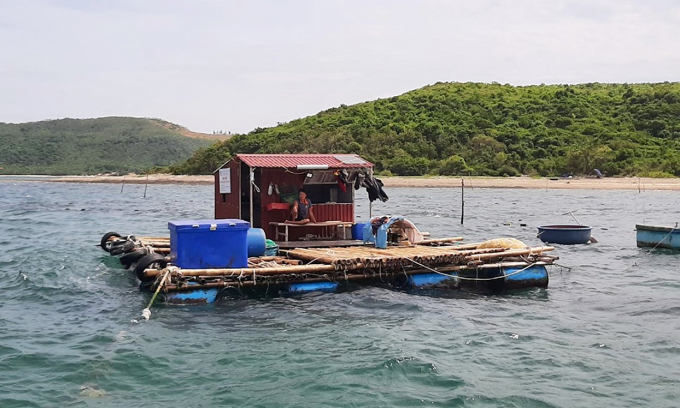
Sea snail farming model in Quang Binh opens up a new direction of aquaculture development. Photo: T.P.
Quang Binh Sub-Department of Fisheries has implemented a model of sea snail farming in nets with an area of 9,000m2, with 5 participating households on the coastal waters in Quang Dong commune (Quang Trach district). The model has opened up a new potential development direction for aquaculture in the area.
Before implementing the model, the households were trained in farming techniques, care procedures and pest control methods. Snails are purchased at reputable establishments with identifiable origins. After participating in the model, each household is supported with at least 50% of the cost for seeds, food and essential materials.
The main farming site is a coastal area with clean water, the floor consists of sand or coral sand and mud. The salinity level is stable, ranging from 25 to 35%; the water source is unaffected by fresh water due to the impact of river water in the rainy season. The depth of netting is 1.5m or lower below the water surface.
Mr. Cao Minh Thai's family in village 19-5, Quang Dong commune also participates in the model of sea snails farming with an area of 1,800m2. Mr. Thai reported that the weather in Quang Binh is harsh, with frequent storms and floods, so the net system in the model must be sturdy to prevent harmful fish, and crabs from eating snails.
The net must be buried at least 10cm below the sand to prevent the snails from crawling out. The net height must exceed the highest tide level by 1m to prevent the snails from being hit by the waves. The food for raising snails consists mainly of fresh trash fish, so it is very suitable for coastal communes.
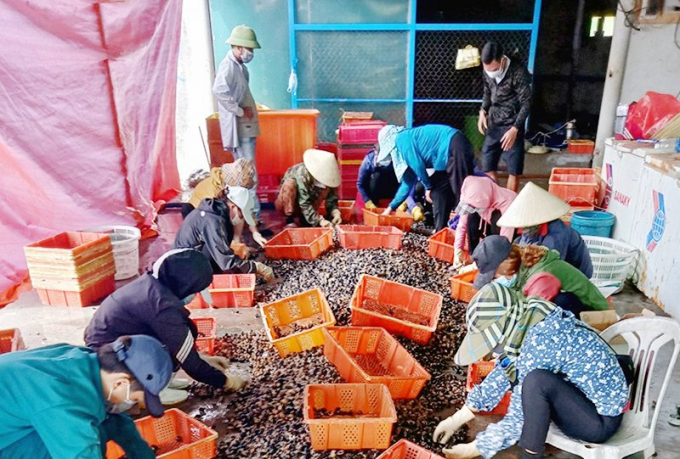
Snails raised at sea are popular with traders, so they are in high demand. Photo: T.P.
The snail farming process relies only on fresh feed, so farmers must strictly manage the daily amount of feed, avoiding wastage and leftovers. "The farming process requires regularl examination to remove all leftovers, bones, fish heads, etc. avoid pollution in the waters", said Mr. Thai.
To ensure strong growth and development for snails, farming households have built raft houses to accomodate the farmers during the snail care process. Equipment and machinery must be up to standards, including air compressor equipment to provide oxygen for workers in their daily snail monitoring process, sprayers to clean the net; buoys, boats transporting feed.
Two to three hours after feeding the snails, the farmer must dive underwater to check the amount of feed left over or missing to adjust accordingly. The amount of feed is adjusted depending on the weather situation as well as the snail's need to catch prey.
In the first farming season, Mr. Thai's family raised over 600,000 snails with a survival rate of 70%. Shrimps can be sold after 6-7 months of raising in the model.
The households reported that their snails grow and develop healthily. The average weight of a harvested snail reaches 100 to 120 snails/kg; and the harvested output is nearly 16 tons. With the selling price of 180,000 VND per kg, each household earns an average profit of over 140 million VND after deducting costs.
Mr. Le Duc Hau (village 19-5) has only recently participated in the sea snail farming models using net, so he has little experience and is still confused. After he was guided on the farming techniques as well as the thorough care procedures, his snails developed strongly. “In this farming season, I sold more than 3 tons of snails, earning more than 142 million VND after deducting expenses. I will continue to develop the model in the future. My family is currently cleaning the net system and buying seeds to raise in the next batch", said Mr. Hau.
According to the assessment by Quang Binh Sub-Department of Fisheries, demand for sea snails is very high in the current market because this type of snail has delectable meat quality and they are rich in nutrients. Along with other aquatic products with high economic value such as shrimp, crab and fish, snail is a new farming target, opening up a promising production direction for aquaculture.
According to Mr. Le Minh Tu, Head of the Department of Aquaculture and Aquatic Resources Development under Quang Binh Sub-Department of Fisheries, the model has created a diversity in cultured subjects and farming methods to serve the commercial farming needs of farmers in the province. As a result, the model contributes to the development of aquaculture as well as limits the exploitation of natural snails in the area.
“The model of sea snail farming with nets at sea not only created jobs for local labor but it also generated a considerable source of income for farmers. This new farming investment can help farmers earn a fortune legitimately" added Mr. Tu.
Translated by Nguyen Hai Long
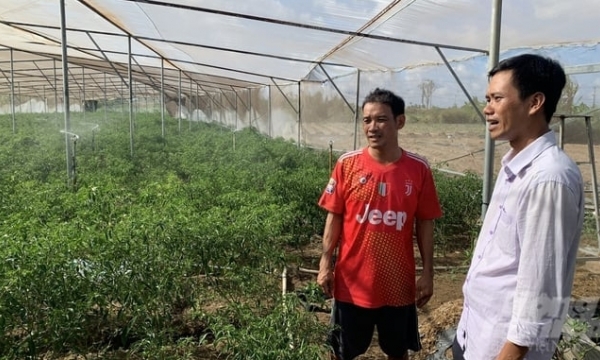
(VAN) The project, sponsored by the European Union, is implemented in Dong Thap, Kien Giang, and Tra Vinh provinces, with a total funding of 4.2 million Euros.
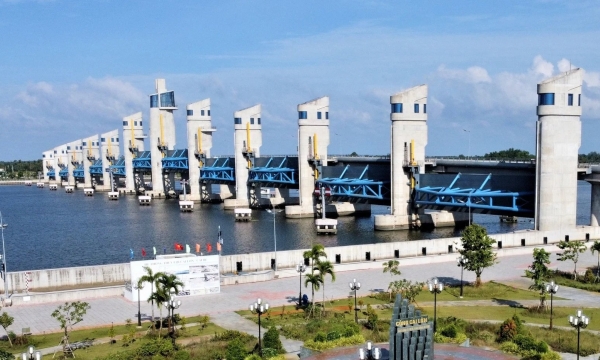
(VAN) In the heart of the Mekong Delta, the Cai Lon and Cai Be sluice gates act as guardians, halting the incursion of salty tides deep into the inland fields and managing freshwater resource distribution.
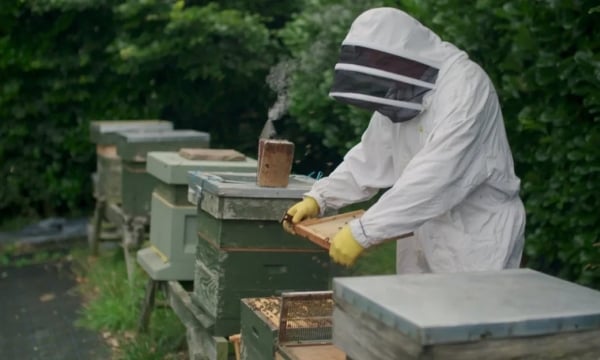
(VAN) The use of IoT, AI, and Blockchain to ensure product quality, streamline the manufacturing process, and distribute goods is a solution for long-term beekeeping development.
/2024/04/25/2756-2-192240_783.jpg)
(VAN) According to the Dong Thap Provincial People's Committee, smart villages are built from farmers' clubs, in line with the trend of developing the digital economy, circular economy, and green economy.
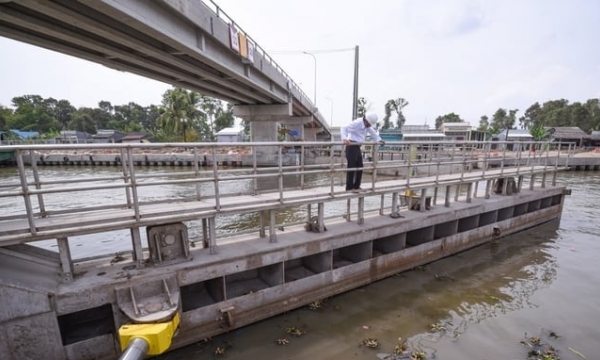
(VAN) Since its inception, the Ninh Quoi sluice gate in Bac Lieu province has significantly benefited the four Mekong Delta provinces during two severe dry seasons.
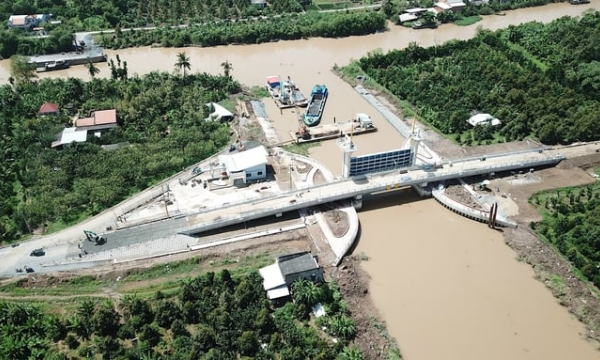
(VAN) During the dry season of 2024, the freshwater and saltwater control sluice projects invested in by the MARD in Ben Tre have significantly contributed to mitigating the impact of natural disasters in the region.
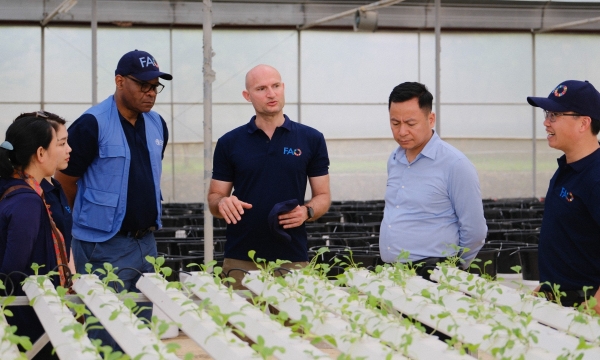
(VAN) The 'Smart Agriculture for the Future Generations' project is aiding 34 households in Moc Chau to renovate and optimize 35,420 square meters of greenhouse space.